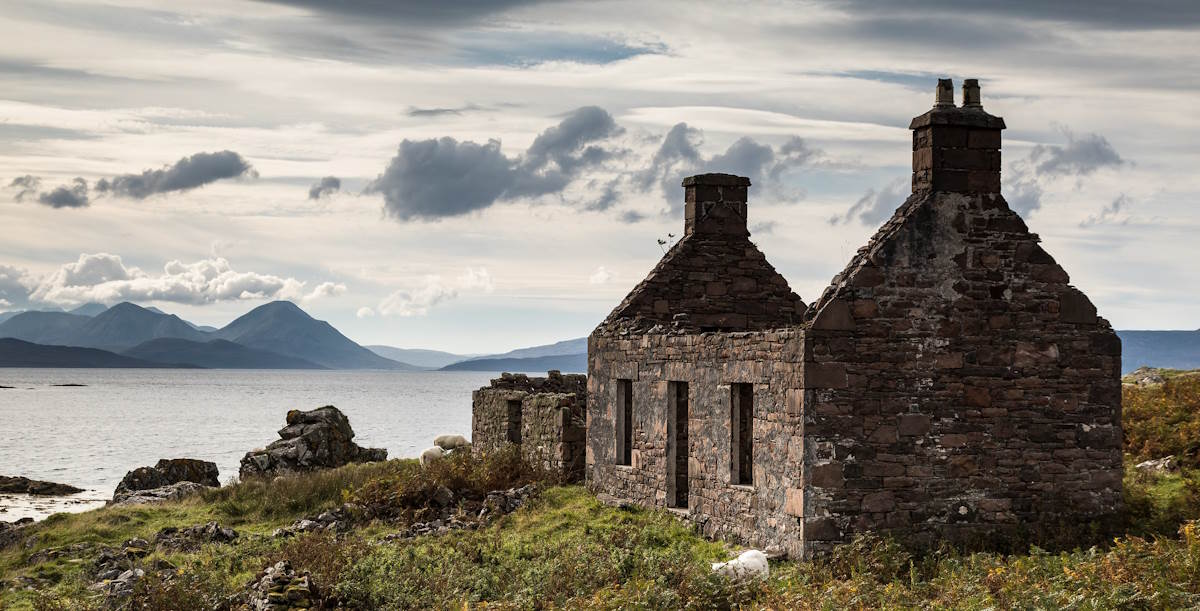A recent episode of the Farmerama podcast explores the debates around ‘land sharing’ and ‘land sparing’, and how food production has been radically shaped by capitalism and markets. The episode is part of a series looking at the future of livestock and meat.
What can be grown on the land is not only decided by biology and the soil. We can understand this by looking back at the history of land ownership.
One of the interviewees is Elise Wach, who talks about the story of farming in northern Scotland. In the past, under the system of clanship, arable farming was more common – alongside hunting, foraging and livestock farming. But this changed as the land was privatised and the focus was on maximising profits from land. Forced removals of people, relocations to smaller plots and rising markets for wool led to a much less diverse way of using the land, dominated by sheep farming in some areas. As food production became less diverse, the land became degraded too.
This example, and others besides, show the importance of ownership and markets in debates about meat production and what can be produced on land. Land reform is one thing that could shift how people work and care for land in Scotland and elsewhere.
Featured image: Ruined croft house by Simaron (cc by-sa 2.0)
